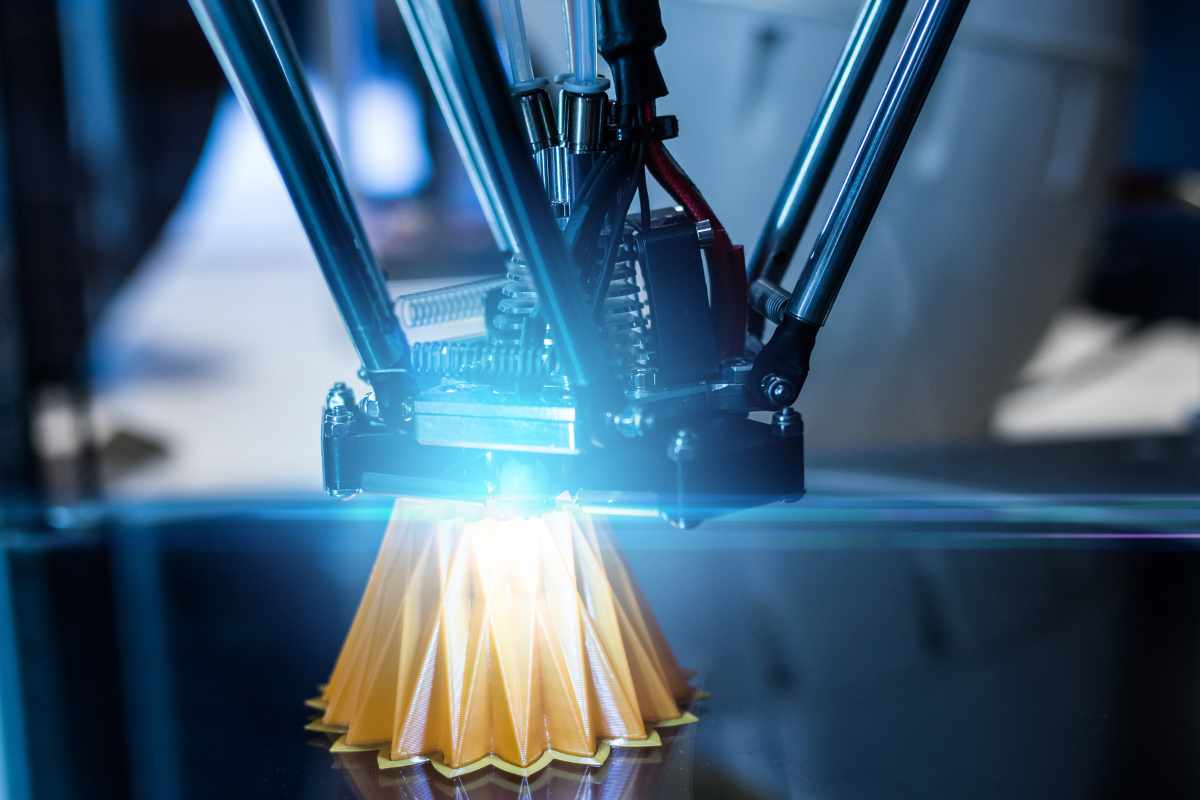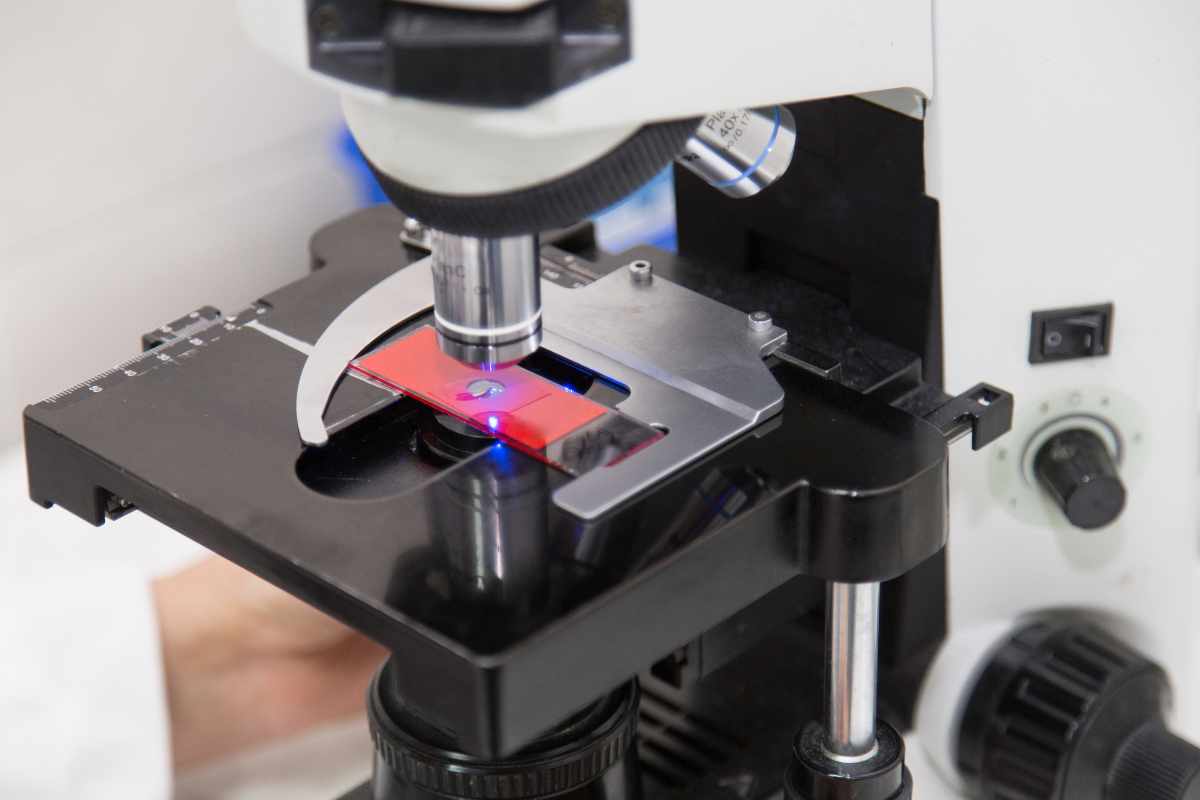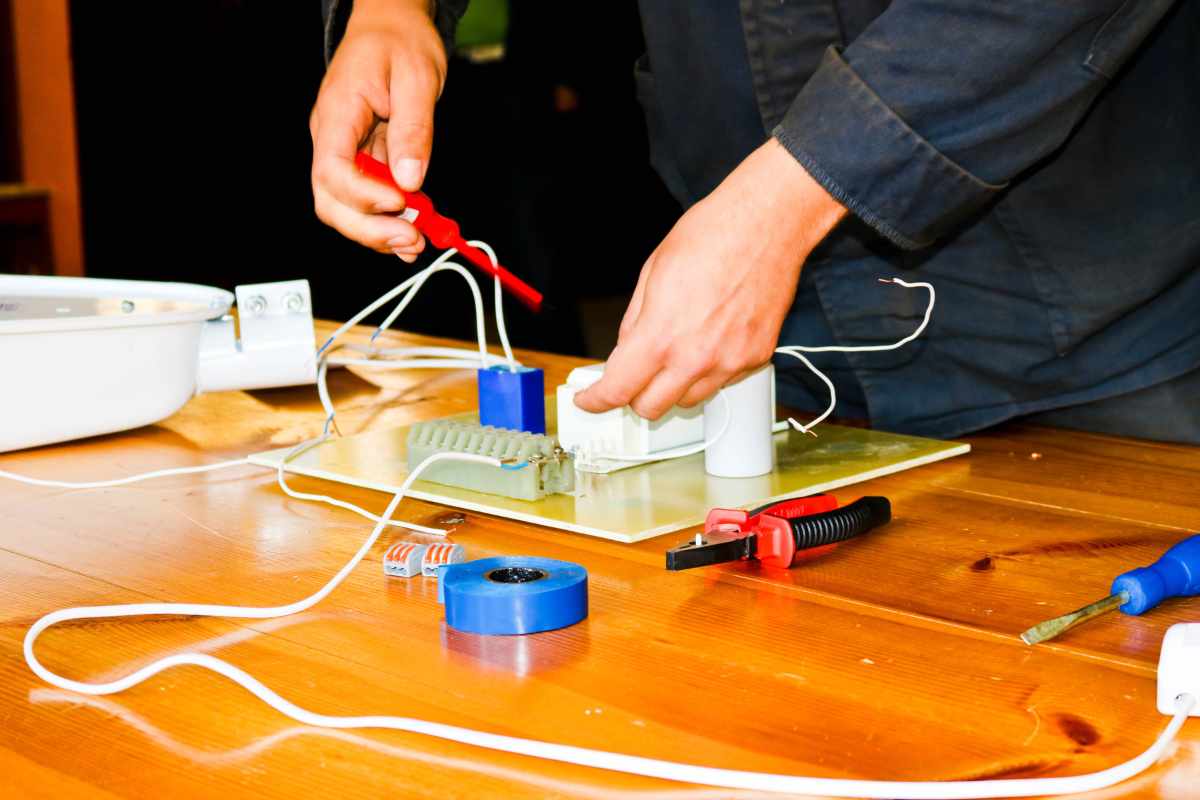Nuclear power stands as one of the most potent sources of energy available to humanity. It offers a high energy yield with relatively low greenhouse gas emissions, making it a significant player in the quest for sustainable and clean energy. Despite its potential, atomic power is often surrounded by controversy and concerns about safety, waste management, and environmental impact. This article delves into the principles of nuclear power, its advantages, challenges, and future prospects.
The Science Behind Nuclear Power
Atomic power is generated through nuclear reactions, primarily fission, in which the nucleus of an atom splits into smaller parts, releasing a considerable amount of energy. The most common fuel used in nuclear reactors is uranium-235, although plutonium-239 and thorium-232 can also be utilized.
Nuclear Fission
In a nuclear fission reaction, a neutron collides with the nucleus of a heavy atom, such as uranium-235, causing it to split into two smaller nuclei along with additional neutrons and a significant amount of energy in the form of heat. This heat is then used to produce steam, which drives turbines connected to generators, producing electricity.
Nuclear Fusion
Fusion, the process that powers the sun, involves combining light atomic nuclei to form a heavier nucleus, releasing energy in the process. Fusion has the potential to provide even greater energy yields than fission and with fewer long-term radioactive waste concerns. However, achieving and maintaining the extremely high temperatures and pressures required for fusion on Earth has proven to be a significant scientific and engineering challenge. Research is ongoing, with projects like the International Thermonuclear Experimental Reactor (ITER) aiming to demonstrate the feasibility of fusion power.
Advantages of Nuclear Power
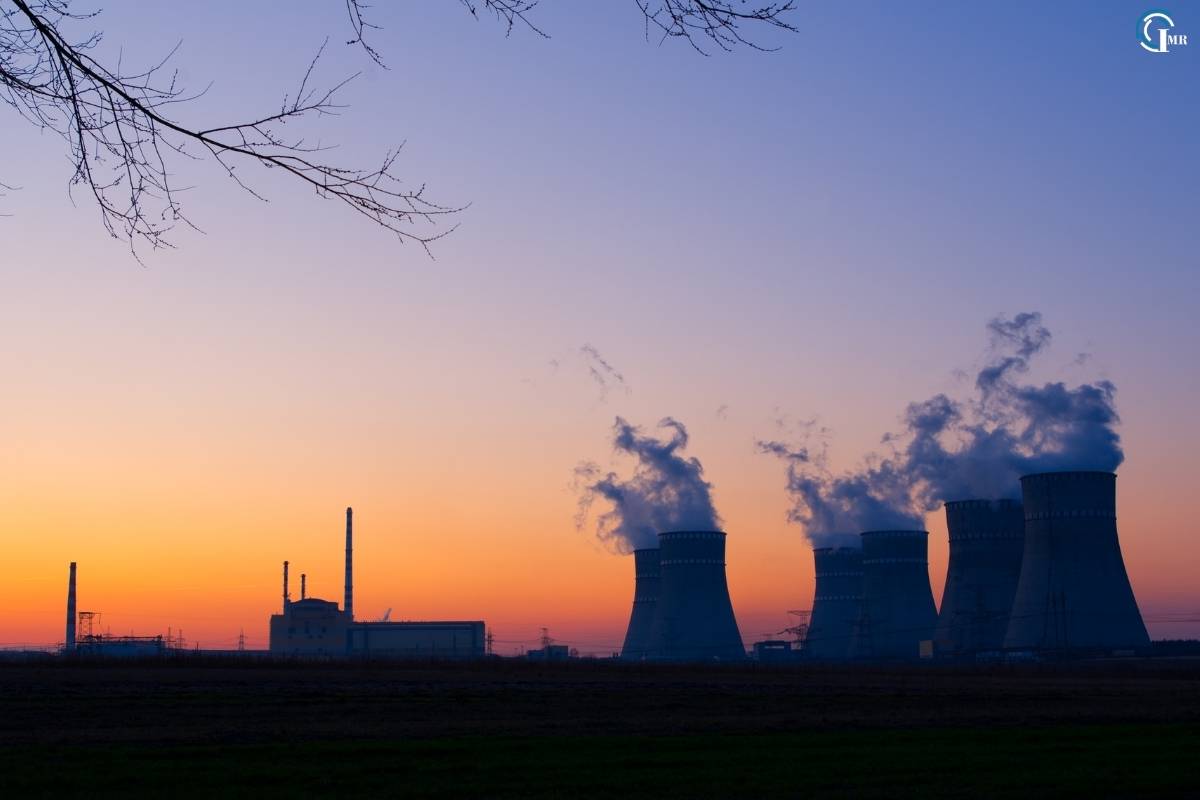
Atomic power offers several compelling advantages that make it an attractive option for energy production:
High Energy Density
The energy density of nuclear fuel is vastly higher than that of fossil fuels. A small amount of nuclear fuel can produce a tremendous amount of energy. For example, one kilogram of uranium-235 can produce as much energy as approximately 1,500 tons of coal.
Low Greenhouse Gas Emissions
Atomic power plants emit negligible amounts of greenhouse gases during operation. This characteristic positions nuclear energy as a crucial component in efforts to combat climate change and reduce reliance on fossil fuels, which are major contributors to global warming.
Reliable Power Supply
Atomic power plants provide a stable and continuous source of energy. Unlike renewable energy sources such as wind and solar, which are intermittent and dependent on weather conditions, nuclear plants can operate uninterrupted for long periods, ensuring a consistent supply of electricity.
Reducing Dependency on Fossil Fuels
By providing an alternative to coal, oil, and natural gas, atomic power helps diversify the energy mix and reduce dependency on fossil fuels. This can enhance energy security and mitigate the economic risks associated with volatile fossil fuel markets.
Challenges and Concerns
Despite its advantages, nuclear power faces several significant challenges and concerns that must be addressed:
Safety Concerns
Nuclear accidents, although rare, can have catastrophic consequences. The disasters at Chernobyl in 1986 and Fukushima in 2011 highlighted the potential risks associated with atomic power. These incidents resulted in widespread radioactive contamination, long-term health impacts, and significant economic costs.
Radioactive Waste Management

Nuclear reactors produce radioactive waste, which remains hazardous for thousands of years. Managing this waste safely is a major challenge. Currently, most waste is stored on-site at nuclear power plants or in temporary storage facilities. Developing long-term disposal solutions, such as deep geological repositories, is essential to address this issue effectively.
High Initial Costs
Building atomic power plants requires substantial capital investment. The high initial costs, coupled with long construction times and regulatory hurdles, can deter investment in new nuclear projects. However, once operational, nuclear plants have relatively low operating costs and long lifespans, which can offset the initial investment over time.
Proliferation Risks
The technology used in atomic power can also be applied to produce nuclear weapons. Ensuring that nuclear technology is used solely for peaceful purposes requires robust international safeguards and monitoring by organizations such as the International Atomic Energy Agency (IAEA).
Advances in Nuclear Technology
Ongoing research and development efforts are focused on addressing the challenges of nuclear power and enhancing its safety, efficiency, and sustainability.
Generation IV Reactors
Generation IV reactors represent the next generation of nuclear reactor designs, promising improved safety, efficiency, and waste management. These advanced reactors incorporate innovative technologies, such as fast neutron reactors and molten salt reactors, which offer several advantages over current reactors. For example, fast neutron reactors can utilize a broader range of fuels, including the abundant element thorium, and can potentially consume existing nuclear waste, reducing the overall volume of long-lived radioactive materials.
Small Modular Reactors (SMRs)
Small Modular Reactors (SMRs) are a new class of nuclear reactors designed to be smaller, more flexible, and cost-effective than traditional large-scale reactors. SMRs can be constructed in factories and transported to sites, reducing construction times and costs. They offer the potential for enhanced safety features, such as passive cooling systems, which do not rely on external power sources or human intervention to maintain safe operating conditions.
Fusion Power
While still in the experimental stage, nuclear fusion holds the promise of providing virtually limitless and clean energy. Significant progress has been made in fusion research, with projects like ITER aiming to demonstrate the feasibility of fusion power on a large scale. If successful, fusion could revolutionize the energy landscape, offering a safe and sustainable source of power.
The Future of Atomic Power
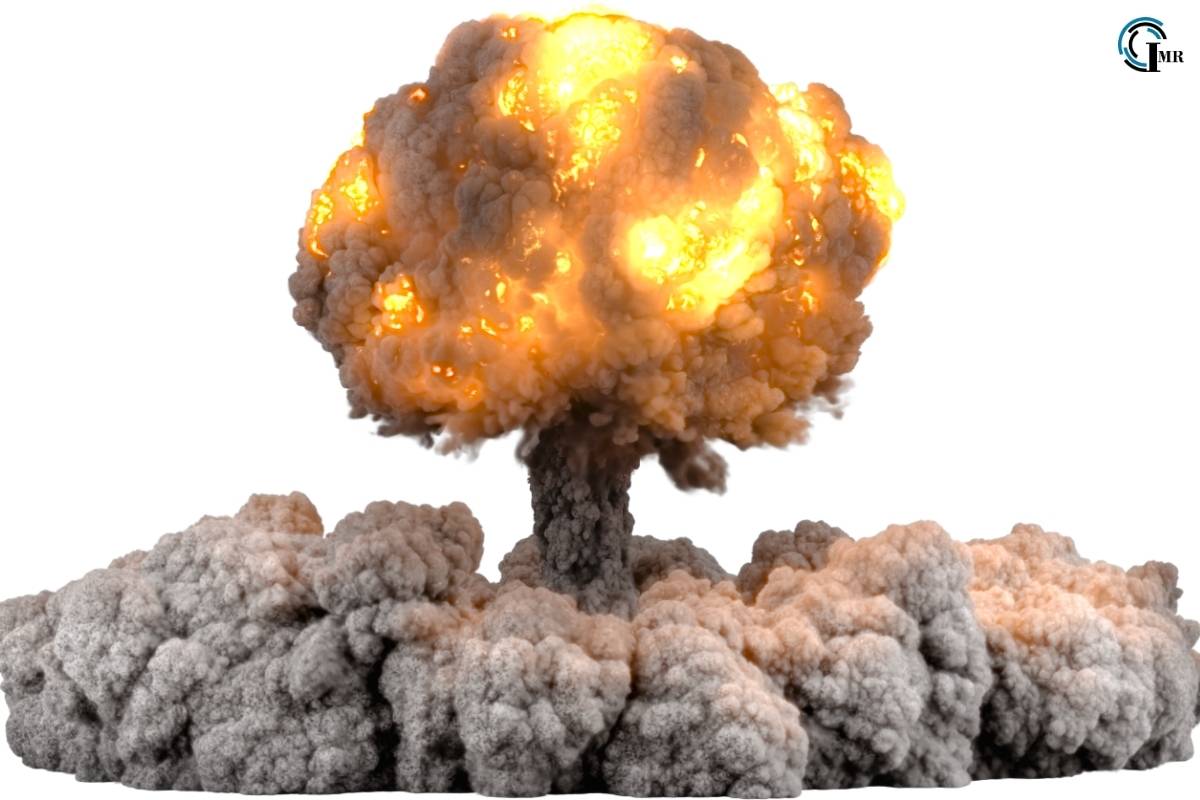
The future of nuclear power will likely depend on several factors, including technological advancements, regulatory frameworks, public perception, and economic considerations.
Integration with Renewable Energy
Thermal power can complement renewable energy sources by providing a reliable and continuous supply of electricity. As the world transitions to a low-carbon energy system, thermal power can play a critical role in balancing the intermittency of renewables and ensuring a stable energy grid.
Addressing Public Perception
Public perception of atomic power is often shaped by concerns about safety and environmental impact. Transparent communication, stringent safety measures, and effective waste management strategies are essential to building public trust and acceptance of nuclear energy.
Policy and Investment
Supportive government policies and investment in research and development are crucial for the continued advancement of nuclear technology. International collaboration and partnerships can also facilitate the sharing of knowledge and resources, accelerating the development of safe and sustainable atomic power.
Conclusion
Nuclear power remains a powerful and viable option in the global quest for sustainable and clean energy. Its high energy density, low greenhouse gas emissions, and reliable power supply make it an essential component of a diversified energy portfolio. However, addressing the challenges of safety, waste management, and public perception is critical to realizing its full potential. With ongoing technological advancements and a commitment to safety and sustainability, atomic power can contribute significantly to meeting the world’s energy needs while mitigating the impacts of climate change.




